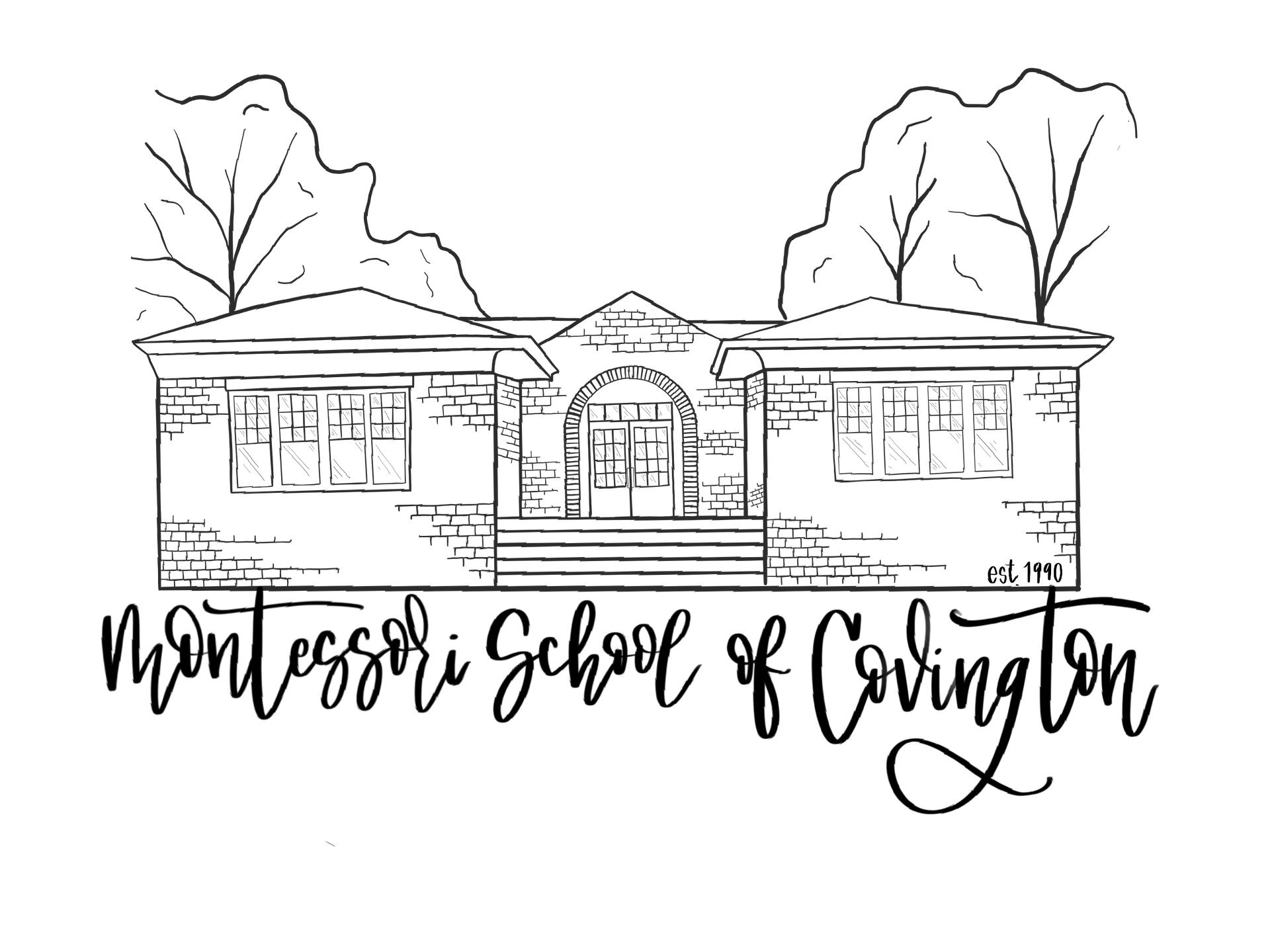“…education is a natural process spontaneously carried out by the human individual, and is acquired not by listening to words but by experiences upon the environment.” — Dr. Maria Montessori
the montessori method
The Montessori classroom seeks to provide each child with a structured environment in which he can freely develop. Structure is important in order to set boundaries, which help the child focus on the task at hand. Freedom is necessary for each child to be able to develop at his own pace. And thirdly, action is necessary. It is only through direct manipulation of the environment that significant learning can occur. Through actual experiences with concrete objects, the child discovers relationships and concepts which can later be abstracted.
The Montessori materials stimulate a young child's natural desire to learn, guiding him in a series of successful steps to confident, independent study habits.
